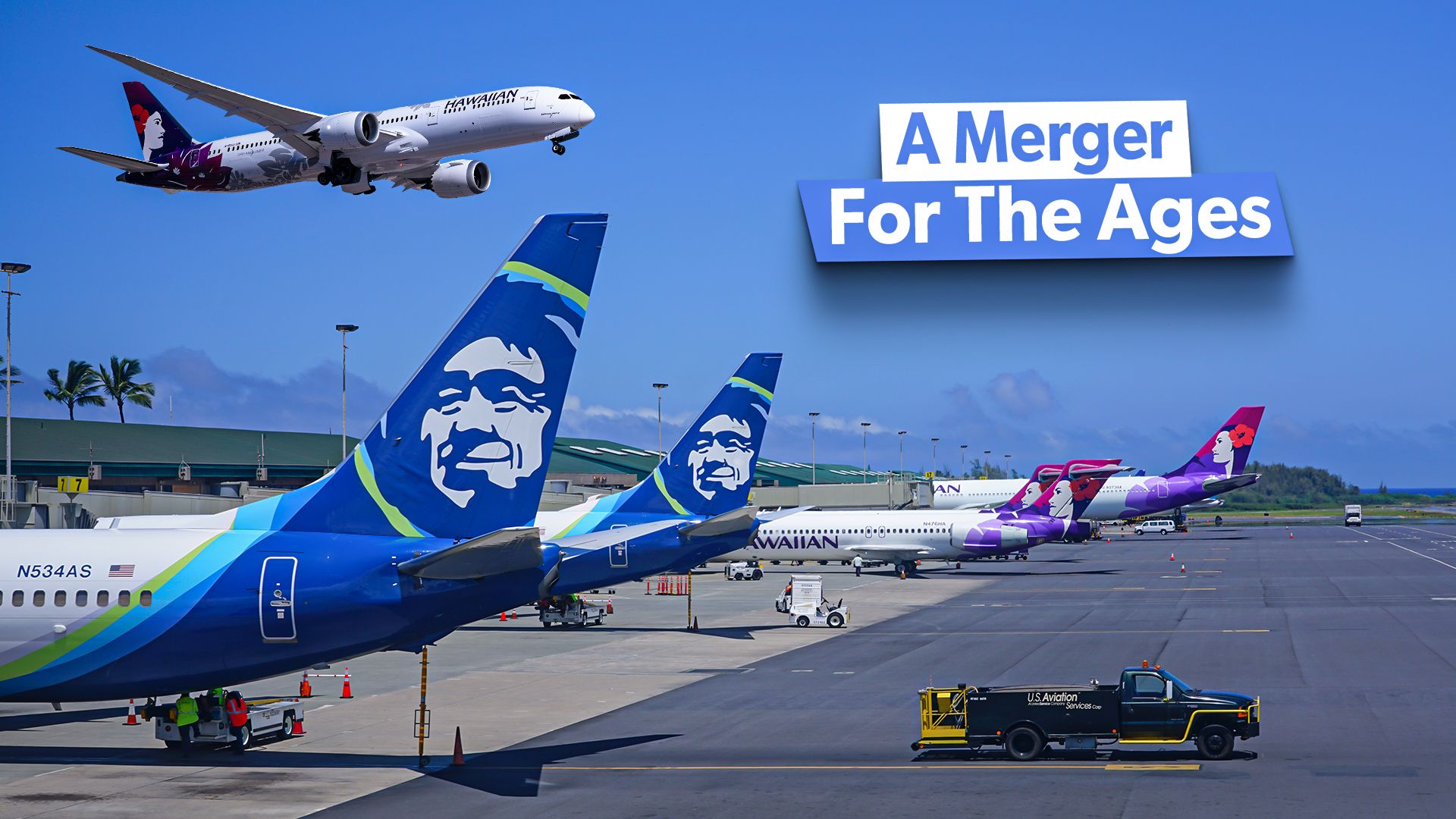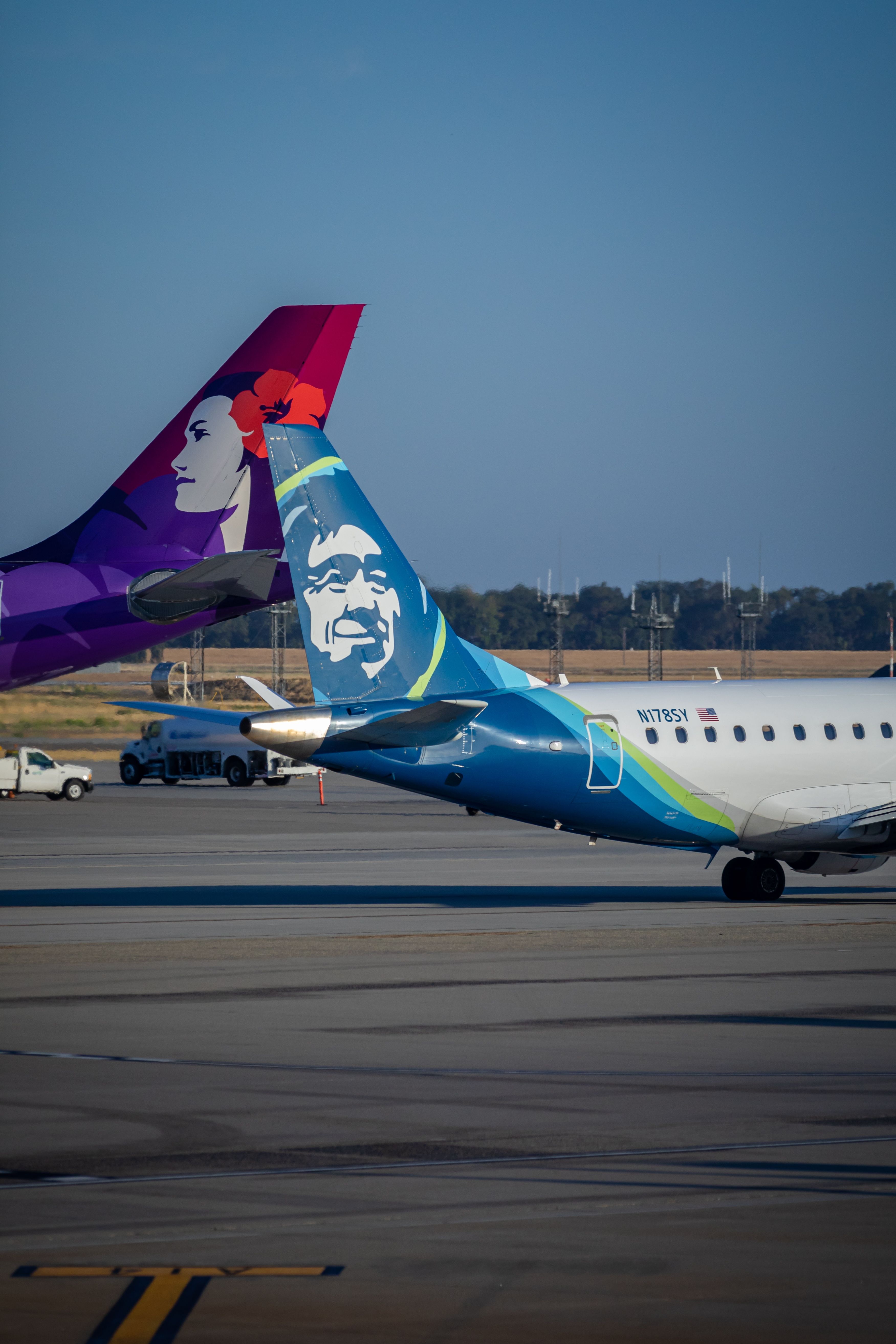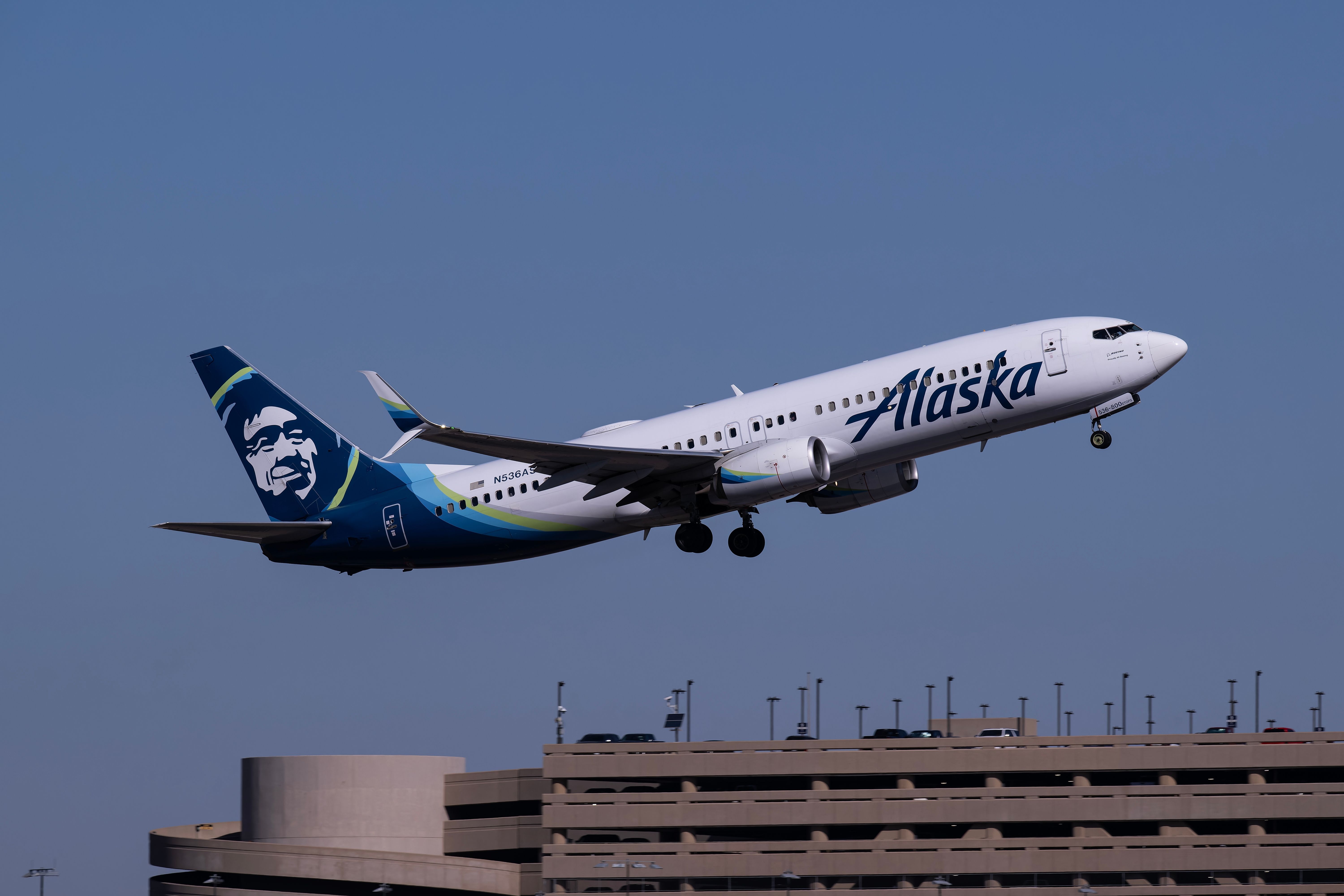In an industry like commercial passenger aviation, where there are only a handful of carriers that control the vast majority of the market, the entrance or exit of any individual player is fascinating to explore. More interesting, however, are mergers and acquisitions, which not only involve one company leaving the market but another growing in size, allowing their market presence to become significantly more powerful.
With mergers being so disruptive to the aviation landscape, US federal regulators have been quick to block many attempts to make the handful of powerful airlines even more powerful, such as the Department of Justice suing to block the merger between JetBlue and Spirit Airlines, as well as blocking the Northeast Alliance between JetBlue and American. Therefore, when a rare merger is approved, industry observers extensively examine how the market structure will shift, and, more importantly, how the consumer will be affected as a result.
A headline merger that has created many questions about the future
The recent merger between ![]() Alaska Airlines
Alaska Airlines
and Hawaiian Airlines
, which cleared the final hurdle of regulatory approval this past week, will have a significant impact on the aviation industry, although whether consumers will be positively or negatively affected has yet to be determined.
Photo: christianthiel.net | Shutterstock
Nonetheless, the merger will shift the balance of the American commercial aviation industry, bringing together two of the ten largest airlines to create what now stands as the fifth largest in the United States, according to Forbes. Let’s take a deeper look at what the largest impacts of this merger will be.
The airline will become a major force to be reckoned with on the West Coast
For starters, Alaska Airlines has chosen, by purchasing Hawaiian Airlines, to expand in multiple different ways. Airlines seek out mergers to grow inorganically when doing so via natural expansion is not an option due to market conditions or a lack of slot availability at airports an airline is choosing to expand from.
Alaska Airlines today operates an extensive network that is primarily based out of key West Coast hubs like Seattle/Tacoma International Airport (SEA), San Francisco International Airport (SFO), and Los Angeles International Airport (LAX). These facilities allow Alaska to provide efficient nonstop connections across the country. Hawaiian Airlines is, as its name implies, primarily focused on operating nonstop services from the Hawaiian Islands to the mainland United States, but does also offer regional services within the archipelago.
When airlines like Alaska and Hawaiian choose to merge, they often do so in search of synergies, or cost benefits that can be realized by a pair of companies that choose to become a single entity. Already, one can see quite a few synergies that will be impactful immediately for the new airline’s bottom line:
- Combining business units (bookings, loyalty, customer service) will save money and time
- The two carriers can share maintenance operations
- The new airline can make larger bulk orders from manufacturers and receive even bigger discounts.
Early moves to implement these synergies have already been made
The first few months following the execution of this merger will be critical for understanding the role that the newly joined carrier will play in society. For starters, the airline will be forced to confront the challenges of operating what is, in effect, two separate commercial airlines from a passenger-facing perspective.
Photo: Robin Guess | Shutterstock
Citing concerns over how fully merging the Hawaiian brand into Alaska Airlines will affect the market, the Department of Transportation’s final approval for the merger maintained conditions that the airlines remain as separate entities. To fully begin operating Hawaiian Airlines routes under the Alaska branding, the carrier will need to apply for additional permission.
But until then, it will be forced to operate separate services which, while allowing it to capitalize on operational synergies, will not prevent it from fully expanding as efficiently as it could. Nonetheless, the new joint carrier will have the ability to integrate many of its operations, reducing costs across the board. Most importantly, the airline will get to bring together both carriers’ loyalty programs, creating an even larger loyalty base for both airlines.
But what about the consumer?
At the end of the day, mergers can have both positive and negative impacts on the consumer, something that the regulatory agencies scrutinizing the purchase have been quick to point out. One of the principal concerns for the consumer is that fewer airlines in the market will result in higher ticket prices for the passenger.
However, this is more likely to occur when the two airlines which are merging have an extensive network of overlapping routes. For instance, this was likely one of the primary factors that motivated the Department of Justice to block the JetBlue-Spirit merger, as passengers would likely have faced higher prices if both airlines had managed to effectively combine their resources and raise prices on consumers. When it comes to the Alaska-Hawaiian merger, however, the story is a little different for the following key reasons:
- Alaska and Hawaiian operate very different route networks
- The only routes operated by both carriers are a handful of services from the West Coast to Hawaii
- The airlines both cater to different kinds of passengers, with Hawaiian primarily servicing leisure demand and Alaska maintaining a more mixed customer base
Passengers could, conversely, be set to reap extensive benefits from the merger, especially when it comes to loyalty program opportunities. For starters, Alaska’s status as a Oneworld airline will open up an extensive range of codeshare opportunities and partner airline interline agreements for Hawaiian. Furthermore, the joint loyalty program will bring customers more opportunities to both earn and redeem miles.



